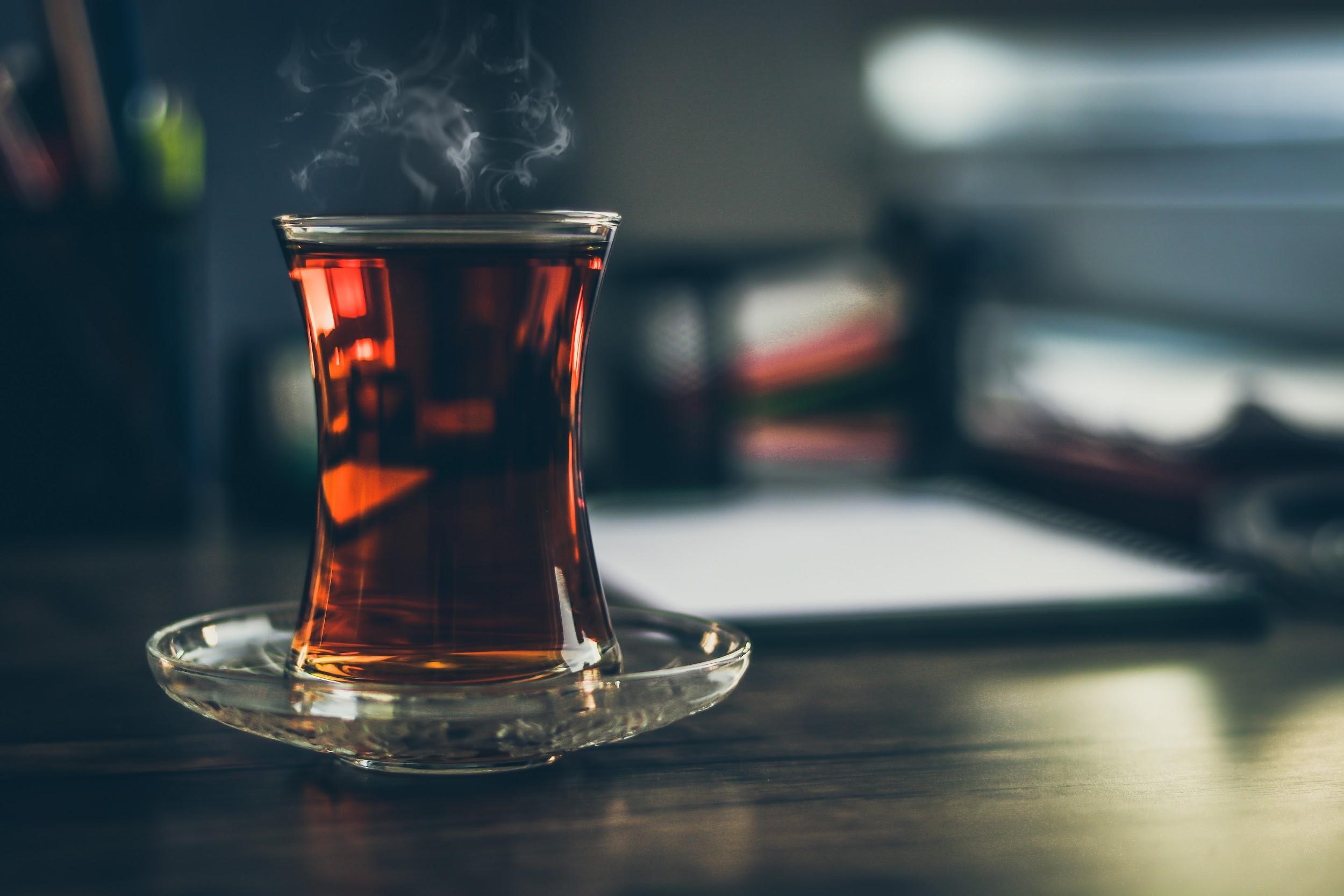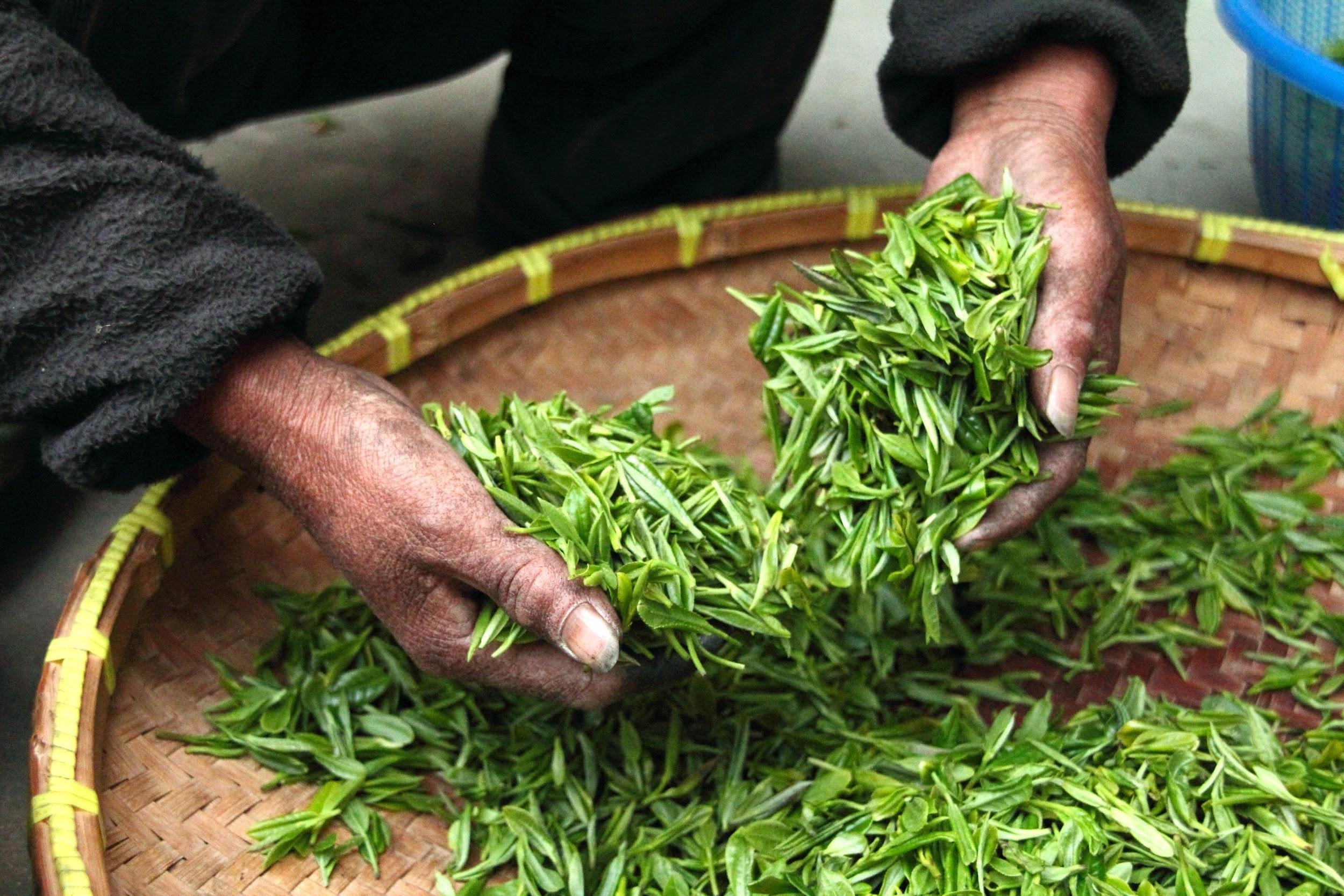About Tea
Camellia sinensis is the scientific classification for the tea plant. One of the most interesting and surprising facts about tea for newcomers is that all types of tea, white, green, oolong, red and black, come from the same plant, the Camellia sinensis. What determines a type of tea's "color" is the processing the newly picked leaves will undergo before they reach your tea pot.
History of Tea
The history of tea is long and complex, spreading across multiple cultures over the span of thousands of years. Tea likely originated in China during the Shang dynasty as a medicinal drink.
An early credible record of tea drinking dates to the 3rd century AD, in a medical text written by Hua Tuo. Tea was first introduced to Portuguese priests and merchants in China during the 16th century.
Drinking tea became popular in Britain during the 17th century. The British introduced tea production, as well as tea consumption, to India, in order to compete with the Chinese monopoly on tea.
History of Tea in India
Commercial production of tea in India began after the conquest of large areas by the British East India Company, at which point large tracts of land were converted for mass tea production. The widespread popularity of tea as a recreational drink began in earnest in the 1920s, after a successful advertising campaign by the Tea Board and several mass promotion drives by the Government, using railways stations as a base.
Today, India is one of the largest tea producers in the world, although over 70 per cent of its tea is consumed within India itself. In this, India is also among the top 5 per-capita tea consumers. A number of renowned teas, such as Assam and Darjeeling, also grow exclusively in India. The Indian tea industry has grown to own many global tea brands and has evolved into one of the most technologically equipped tea industries in the world. Tea production, certification, exportation, and all other facets of the tea trade in India is controlled by the Tea Board of India.

